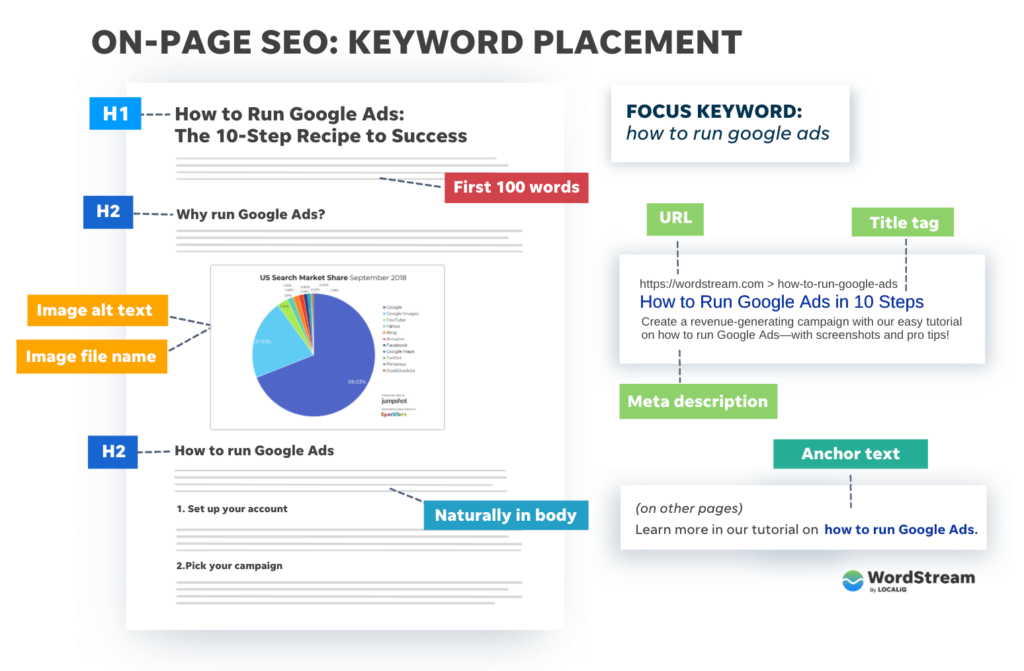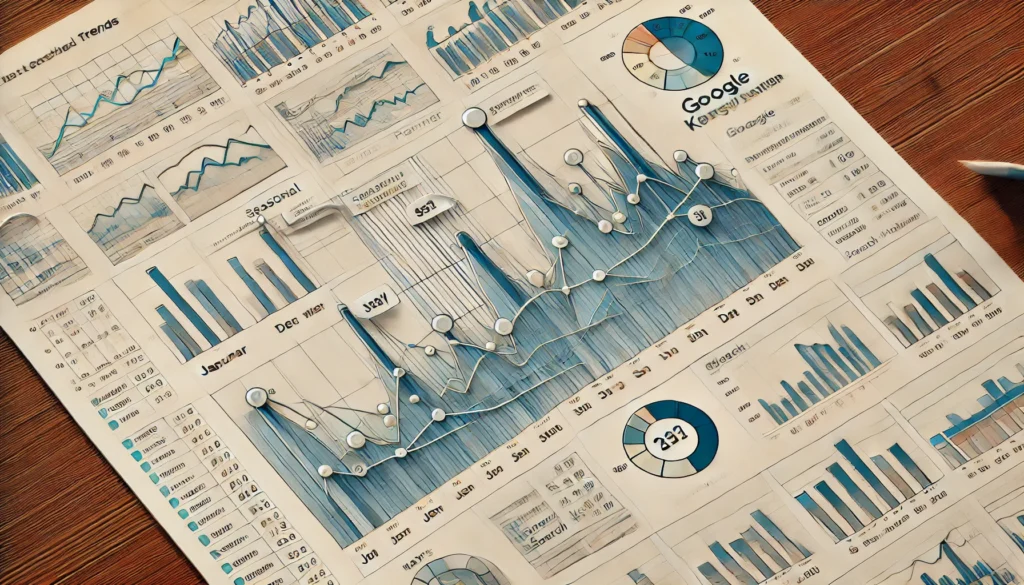In today’s digital world, SEO optimization is a must. If you want your website to stand out and be found by more people, understanding SEO is key. So, what exactly is SEO? Let’s break it down.
What Is SEO and Why Does It Matter?
SEO stands for Search Engine Optimization. It’s the art and science of getting your website to the top of search engine results. Think of it like a treasure map. When someone searches for something, search engines like Google help them find the treasure—your website! If your site isn’t well-optimized, it’s like hiding gold without letting anyone know where to look.
The Basics of Keywords
Keywords are the foundation of SEO. They’re the words or phrases people type into search engines. Imagine you’re baking cookies. You need the right ingredients to make them tasty. Similarly, you need the right keywords to ensure search engines can find your content.
Start by researching what words people are using when they search. Tools like Google Keyword Planner or Ubersuggest can help you find the right keywords. Use these keywords naturally in titles, headings, and throughout your content.
On-Page SEO: Optimize Your Content

On-page SEO focuses on your website’s content. This includes everything from the text on your pages to the images you use. Here are some key components:
Title Tags and Meta Descriptions
Your title tag is like a book’s title. It should be catchy and include your main keyword. Meta descriptions are the short blurbs that appear below your title in search results. Make them clear and inviting, as they tell users what your page is about.
Headings and Subheadings
Use headings (like H1, H2, and H3) to organize your content. They help both readers and search engines understand the structure of your page. Always include your keywords in these headings.
Quality Content
Content is king. If your content is helpful, interesting, and engaging, people will spend more time on your site, and search engines will notice. Aim to answer questions your audience may have. Think of it like conversing with a friend—be clear and concise.
Off-Page SEO: Building Your Reputation
Off-page SEO is about what happens outside your website. This usually involves building backlinks—links from other websites to yours. It’s like receiving a recommendation from a friend. If many trusted sites link to your content, search engines will see you as trustworthy too.
Social Media Engagement
Social media is a powerful tool. Sharing your content on platforms like Facebook, Instagram, or Twitter can help drive traffic to your site and create buzz around your brand. Think of it like hosting a party. The more people you invite, the more lively it gets!
Technical SEO: The Nuts and Bolts
Technical SEO involves the behind-the-scenes elements that help your website run smoothly. These include site speed, mobile friendliness, and secure connections (HTTPS). If a car runs well, it’ll get you to your destination faster. Similarly, a well-optimized site ensures a great user experience.
Site Speed
No one likes waiting for a slow website to load. A fast site keeps visitors happy and engaged. Use tools like Google PageSpeed Insights to test your site’s speed and get tips on improvements.
Mobile Optimization
More people are surfing the web on their phones than ever before. Ensure your site looks and works great on all devices. It’s like having a comfy chair ready for visitors—whether they’re sitting or standing.
Tracking Your SEO Success
Once you’ve put your SEO optimization in place, it’s important to measure your results. Use tools like Google Analytics to see how your web traffic is doing. Are people finding your site? Are they sticking around? If not, you may need to tweak your content or SEO strategy.
Conclusion: Keep Learning and Adapting
The world of SEO optimization is always changing. What worked last year may not work today. Keep learning, testing, and adapting your strategies. SEO is like a puzzle—every piece matters, and when you put them together, you’ll create a complete picture that attracts visitors to your site. Happy optimizing!




